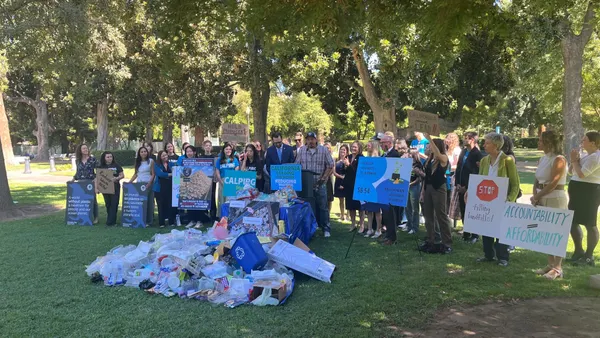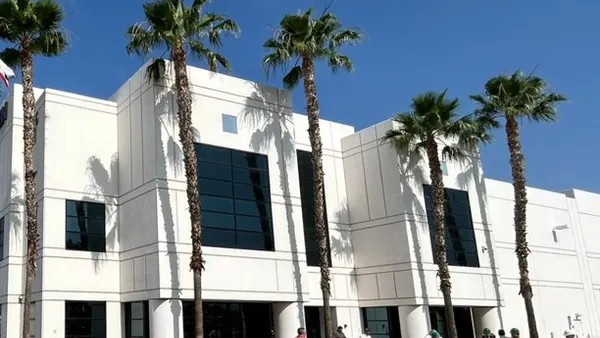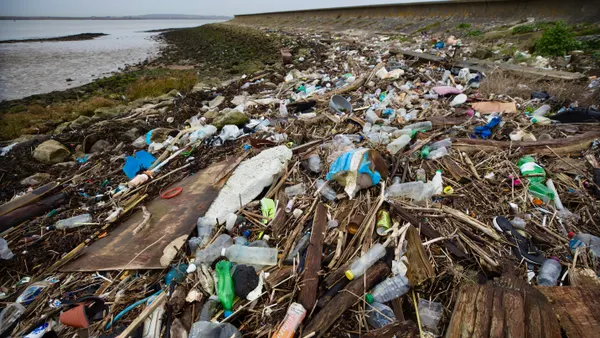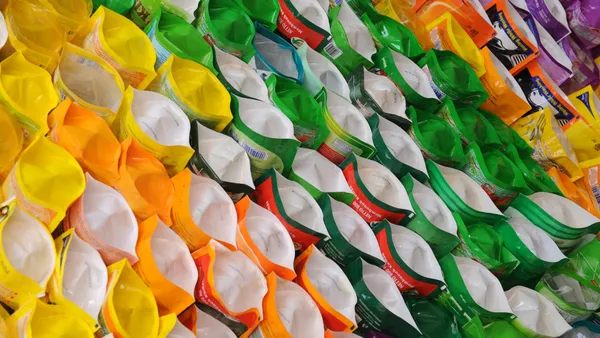Dive Brief:
- As residents return to Fort McMurray, Canada after being evacuated due to a major fire, the volume of waste being sent to the local landfill is massive. The Regional Municipality of Wood Buffalo's landfill expects to receive three to five years worth of waste in the next six months.
- The site has accepted more than 9,000 refrigerators deemed beyond repair by the government insurance bureau. Another nearby facility is thought to have also received a similar amount.
- After many homes were without power for a month the food inside has become completely rotten, attracted mold or maggots and in many cases ruined the units. Landfill employees must rip the doors off each refrigerator, empty its contents, remove the freon gas, and then crush the unit for recycling.
Dive Insight:
The massive wildfire which displaced 80,000 people, destroyed nearly 10% of the city's structures and damaged many more has created a staggering amount of waste. Last year the local landfill received 260,000 metric tons of waste, but that number will be much higher for 2016.
In addition to refrigerators, the site has received large quantities of carpet, drapes, mattresses, blinds, outdoor play equipment, and standard household refuse from the clean-up. Residents have also been warned to be careful of any hazardous materials such as asbestos and ensure they're taking it to the proper disposal site.
The aftermath of a natural disaster often presents unique challenges for the waste industry, as well as opportunities. For example, up to 250,000 cars were totaled during Hurricane Sandy — including 16,000 brand new models — that resulted in big losses for dealerships, but created large amounts of scrap metal. One New Jersey landfill made out very well, collecting more than double its average amount of landfill fees.










